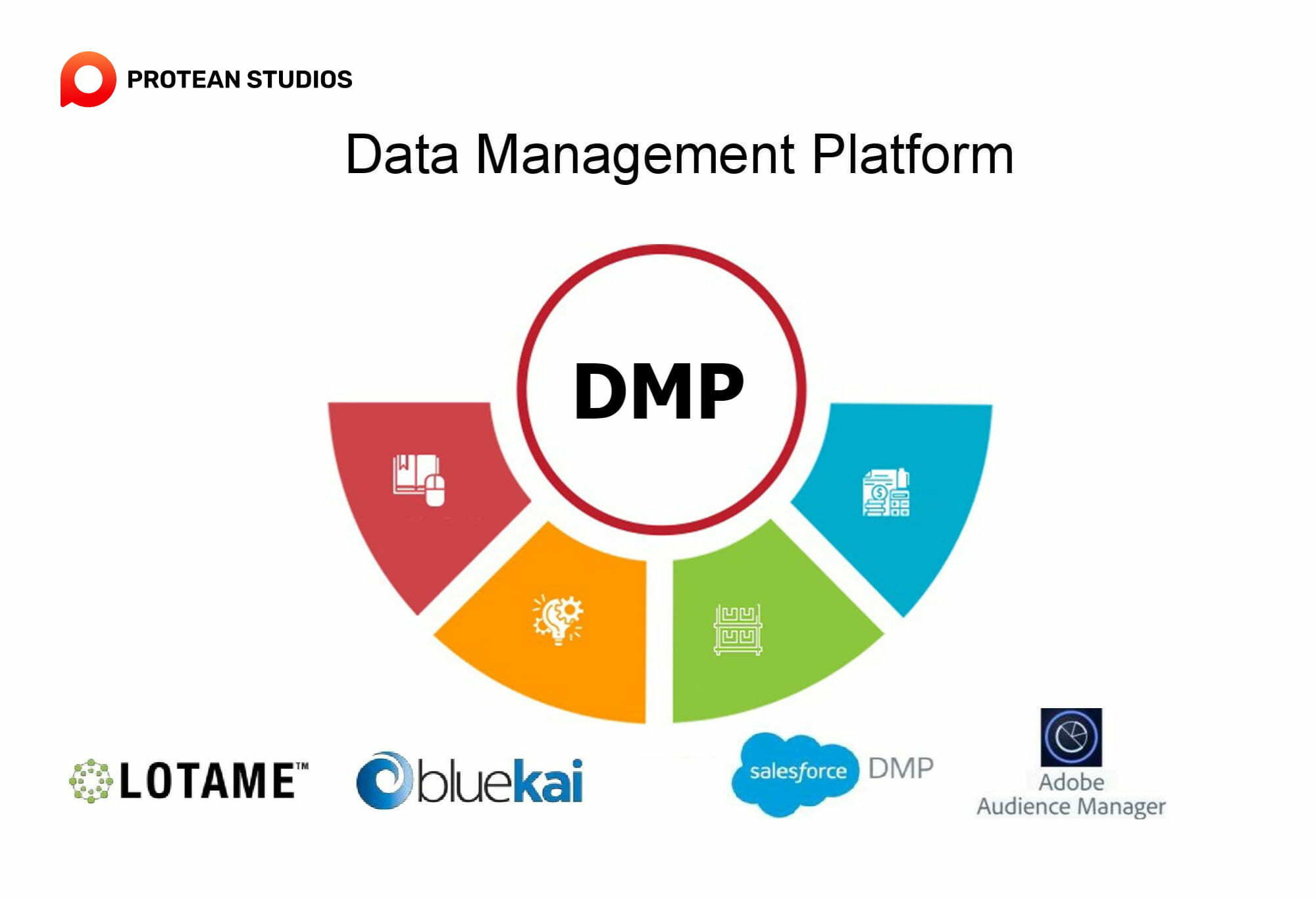In today’s fast-moving world of digital advertising, success often depends on how well you understand and use your data. Every ad click, impression, and conversion tells a story. But when this data is scattered across different channels and tools, it becomes hard to see the full picture.
Marketers run ads on social media, search engines, programmatic platforms, and streaming services. Each one provides its own analytics, but results often remain siloed. Without a unified view, marketers risk missing valuable insights or making decisions on incomplete information.
The pace of digital campaigns is also rapid. Trends can rise and fade within days, and ad performance can shift within hours. To stay competitive, marketers need tools that not only collect and organize data but also analyze it in real time. That’s where a Data Management Platform (DMP) makes a difference. By centralizing data, a DMP reveals hidden patterns and helps turn raw numbers into actionable strategies.
What a DMP Does
A DMP collects and organizes data from three main sources:
-
First-party data – from your own sites, apps, and customer interactions.
-
Second-party data – shared by trusted partners.
-
Third-party data – purchased from external providers.
This information is then grouped into detailed audience profiles and segments. With these insights, marketers can target the right audience, at the right time, with the right message. The result? Smarter campaigns and more accurate performance tracking.
Why Campaign Insights Matter
Campaign insights go beyond raw numbers. They explain the “why” behind performance. For example:
-
Which audience segments respond best to certain ads?
-
How does timing affect engagement rates?
-
Do emotional ads perform better than fact-based ones?
With these answers, marketers can refine campaigns, adjust budgets, and improve creative strategies for better results.
How a DMP Improves Ad Performance
A good DMP offers:
-
Unified data aggregation – bringing all metrics into one place.
-
Precise audience segmentation – detailed profiles based on behavior and demographics.
-
Cross-channel comparison – analyzing campaign results across multiple platforms.
-
Real-time optimization – adjusting targeting and creative instantly as performance shifts.
This real-time intelligence helps campaigns perform at their peak instead of just running passively.
The Role of First-Party Data
As third-party cookies decline and privacy laws tighten, first-party data has become essential. It’s accurate, compliant, and built directly on real customer interactions. With this data, brands can deliver more relevant messages, improve personalization, and build long-term customer trust.
Turning Data into Action
Raw data only becomes valuable when it’s interpreted. DMPs provide visualization and reporting tools that turn numbers into clear insights, supporting:
-
Attribution modeling – understanding which touchpoints drive conversions.
-
Trend detection – spotting new opportunities early.
-
ROI analysis – seeing which campaigns deliver the most value.
This ensures decisions are based on facts, not guesswork.
Real-Time Decision Making
Campaigns can’t wait days for analysis. If an ad underperforms, budgets can be wasted. If it performs well, scaling quickly can maximize ROI. With real-time analytics, marketers can pause, adjust, or expand campaigns instantly.
Driving Personalization
Modern audiences expect personalized content. Generic ads struggle to capture attention, but relevant ads increase engagement and loyalty. A DMP enables:
-
Customized creative for different audience segments.
-
Frequency control to avoid ad fatigue.
-
Contextually relevant placements.
This personalization drives stronger results and builds brand connections.
Seamless Integration with Marketing Tools
A DMP works best when it integrates with CRMs, DSPs, SSPs, and analytics software. This ensures that insights flow smoothly across systems. For example, data from a DMP can adjust bidding strategies in a DSP automatically, showing ads to the best audience at the right price.
Measuring Long-Term Impact
Short-term metrics like clicks and conversions matter, but long-term results are equally important. A DMP helps measure:
-
Brand lift – changes in audience perception.
-
Customer lifetime value – long-term revenue potential.
-
Retention and loyalty – how campaigns keep customers engaged.
These insights help brands focus not just on immediate wins but also on sustainable growth.
Common Challenges
To maximize a DMP’s potential, marketers must address challenges such as:
-
Data accuracy – avoiding outdated or incomplete information.
-
Privacy compliance – staying aligned with GDPR and CCPA rules.
-
Team expertise – ensuring professionals can interpret data correctly.
Proactively solving these challenges ensures better results and smoother campaign performance.
The Future of DMPs
With AI and machine learning, DMPs are becoming even more powerful. Future platforms will predict trends, optimize targeting automatically, and refine campaigns with less human input. Key trends include:
-
Greater reliance on first-party data.
-
Closer integration with Customer Data Platforms (CDPs).
-
Better cross-device and cross-channel tracking.
Final Thoughts
In digital marketing, data is power—but only if it’s organized and applied effectively. A DMP helps centralize data, uncover insights, and improve campaign decisions.
By investing in the right platform today, brands can respond faster, make smarter choices, and achieve stronger long-term results.
